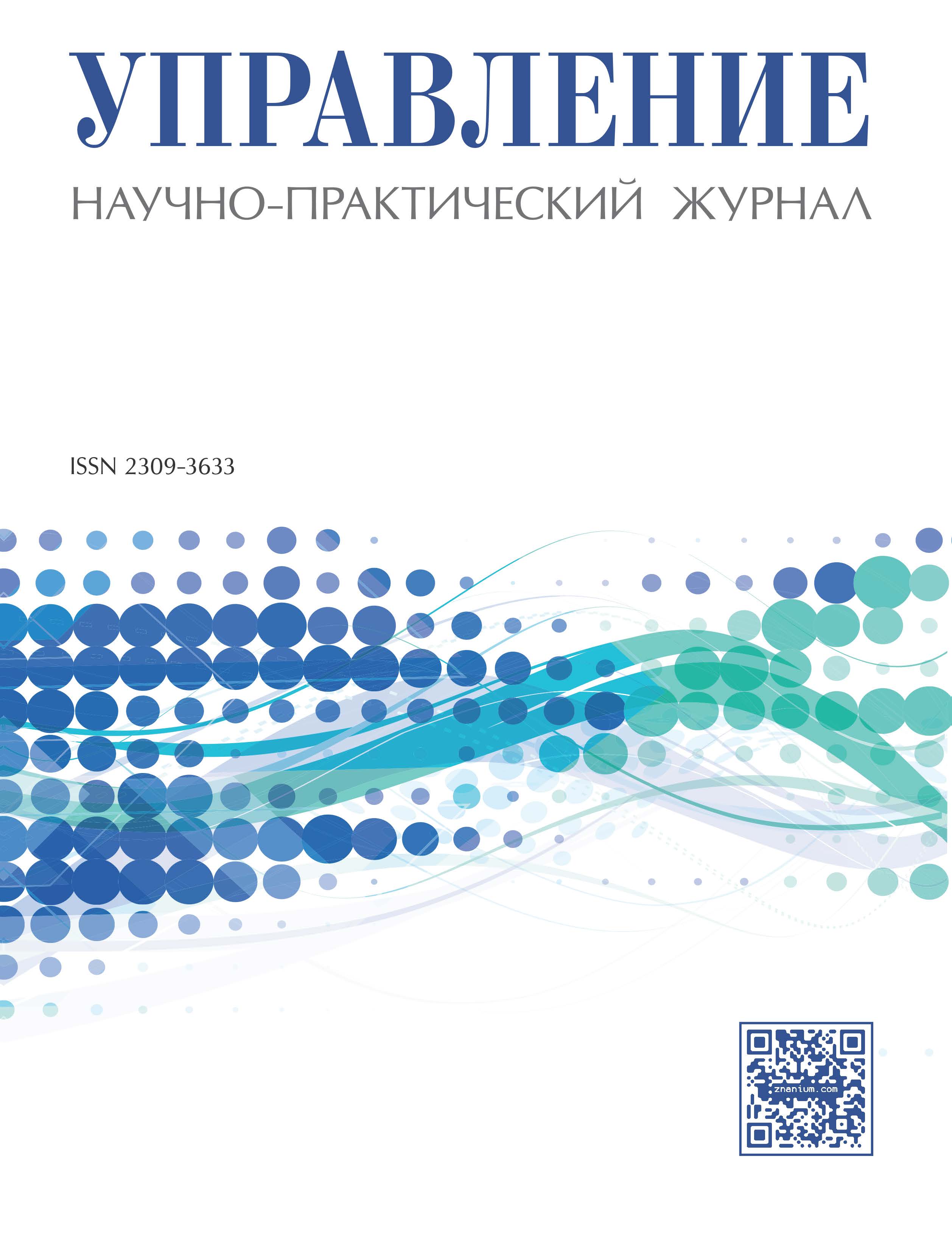Where organizational competences stand in the process of forming a company’s intellectual capital is shown. Clarified is the concept of organizational competences as the ability to create a higher than competitors customer value as a result of using the combination of intangible resources accumulated through implementing key business processes; the methodology to assess organizational competences is proposed. Approaches to bridge the gaps in competences are determined. Recommendations on bridging gaps in individual competences are developed, based on the selection of appropriate methods for personnel training. The instrumental and methodological basis for intellectual capital management based on bridging gaps in competences is substantiated.
intellectual capital (intangible resources), organizational competences, assessment methodology, gap in competences, management tools.
Роль нематериальных ресурсов, или интеллектуального капитала, в обеспечении конкурентоспособности современных компаний обусловливает большое число исследований в области формирования эффективной системы и инструментов управления интеллектуальным капиталом. Проводя анализ эволюции подходов к управлению знаниями как к междисциплинарной области исследований, авторы [2] справедливо отмечают необходимость синтеза информационно-технологических и организационно-поведенческих аспектов, при этом в центре внимания должны находиться «люди и отношения между ними, выстраиваемые с помощью процессов и специальных структур» [2, с. 60]. На наш взгляд, реализации такого подхода может способствовать концепция ключевых компетенций, дополненная соответствующим информационно-аналитическим инструментарием.
Данная концепция является развитием ключевых положений ресурсной школы стратегического планирования [7]. Одним из первых компетенции предприятия стал рассматривать И. Ансофф, построивший «профиль компетенций» предприятия, коррелированный с его «конкурентным профилем» с целью выявления источников получения синергетического эффекта [8]. Дальнейшее развитие этот подход получил в работах Г. Хамела и К. Прахалада, в соответствии с которыми компетенция представляет собой совокупность умений и технологий, которая позволяет компании обеспечивать своим потребителям существенную выгоду.
1. Andrissen D., Tissen R. Nevesomoe bogatstvo. Opredelite stoimost´ vashey kompanii v ekonomike nematerial´nykh aktivov [Weightless wealth. Determine the value of your company in the economy of intangible assets]. Мoscow, Olimp-Biznes Publ., 2004. 304 p.
2. Gaponenko A., Orlova T. Management of intangibles: a conceptual approach. Problemy teorii i praktiki upravleniya [Problems of the theory and practice of management]. 2013, I. 8, pp. 56-65 (in Russian)
3. Gileva T.A. Technology identification and assessment of competencies as a tool for strategic management of intangible resources of the enterprise. Nauchno-tekhnicheskie vedomosti Sankt-Peterburgskogo politekhnicheskogo universiteta [Scientific and technical bulletin of the St. Petersburg Polytechnic University]. 2008, I. 2, pp. 166-171 (in Russian)
4. Gileva T.A. Technology development program of strategic development staff. Menedzhment v Rossii i za rubezhom [Management in Russia and abroad]. 2008, I. 5, pp. 108-116 (in Russian)
5. Dzhemala M. Corporate "road map" - an innovative method of knowledge management in corporations. Rossiyskiy zhurnal menedzhmenta [Russian Management Journal]. 2008. V. 6, I. 4, pp. 149-168 (in Russian)
6. Ismagilova L.A., Gileva T.A., Sitnikova L.V. Upravlenie razvitiem proizvodstvenno-ekonomicheskikh sistem: integrativnyy i intellektual´nyy aspekty [Managing the development of industrial and economic systems: integrative and intellectual aspects]. Moscow, Ekonomika Publ., 2010. 527 p.
7. Kat´kalo V.S. Evolyutsiya teorii strategicheskogo upravleniya [Evolution of the theory of strategic management]. St. Petersburg, Higher School of Management Publ.; St. Petersburg State University Publ., 2008. 548 p. 8. Kempbell E., Sammers Lachs K. Strategicheskiy sinergizm [Strategic Synergies]. St. Petersburg, Piter Publ., 2004. 416 p.
8.
9. Faey L., Rendell R. Kurs MBA po strategicheskomu menedzhmentu [MBA course in strategic management]. Мoscow, Al´pina Biznes Buks Publ., 2005. 597 p.
10. Khemel G., Prakhalad K., Tomas G., O´ Nil D. Strategicheskaya gibkost´ [Strategic Flexibility]. St. Petersburg, Piter Publ., 2005. 384 p.
11. Koveni M., Genster D., Khartlen B., King D. Strategicheskiy razryv: Tekhnologii voploshcheniya korporativnoy strategii v zhizn´ [The strategic gap: Technology incarnation of corporate strategy into reality]. Moscow, Al´pina Biznes Buks Publ., 2004. 232 p.
12. IFAC. The Measurement and Management of Intellectual Capital. 1998.
13. Prahalad C.K., Hamel G. 1990. The core competence of the corporation. Harvard Business Review, 68 (3), 79-91.
14. Sanchez R. (ed.). 2001. Knowledge management and Organizational Competence. Oxford University Press: Oxford.
15. Sayt konsaltingovoy kompanii «Biznes-inzhiniringovye tekhnologii» [Site of consulting company "Business Engineering Technology"] Available at: http://www.betec.ru







